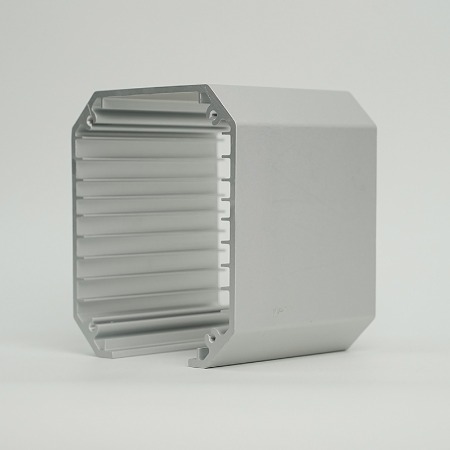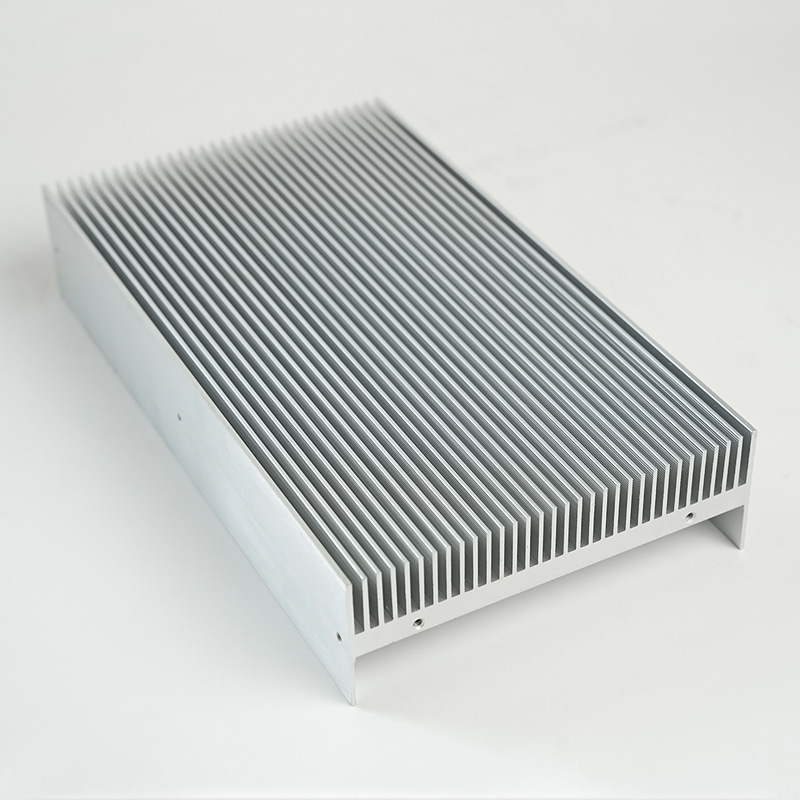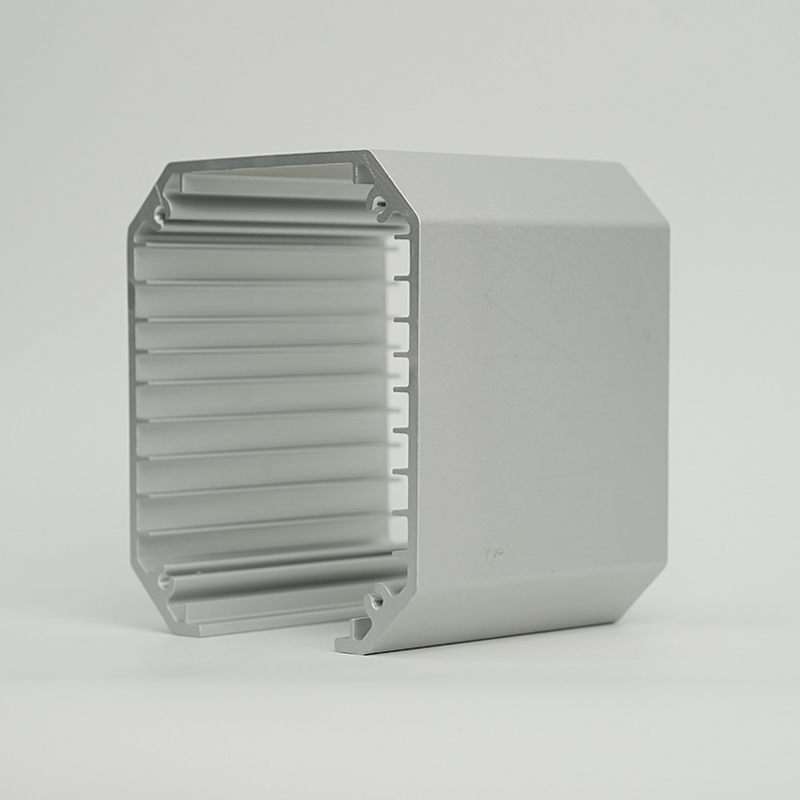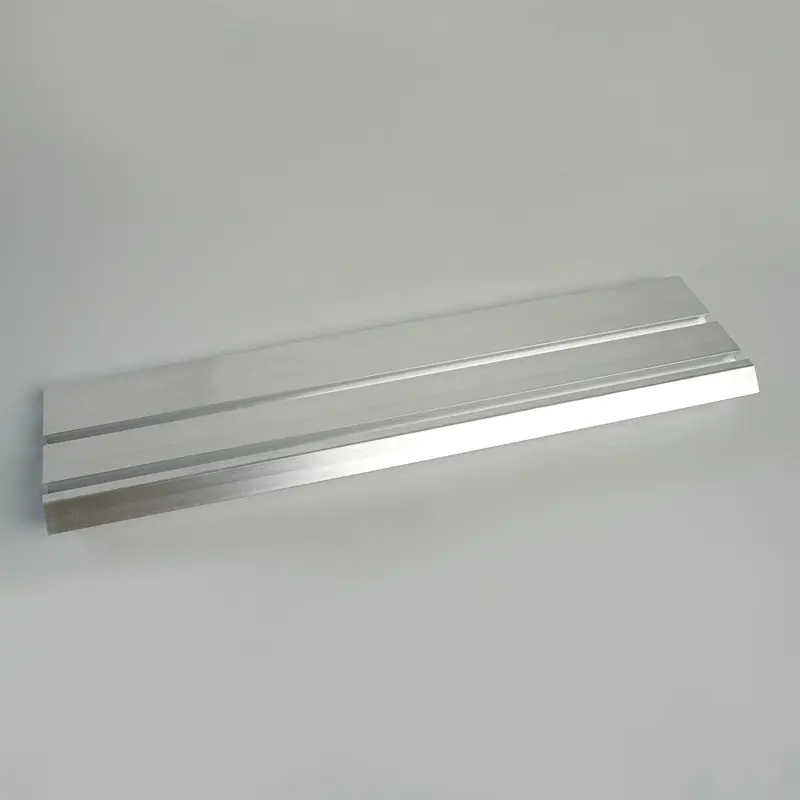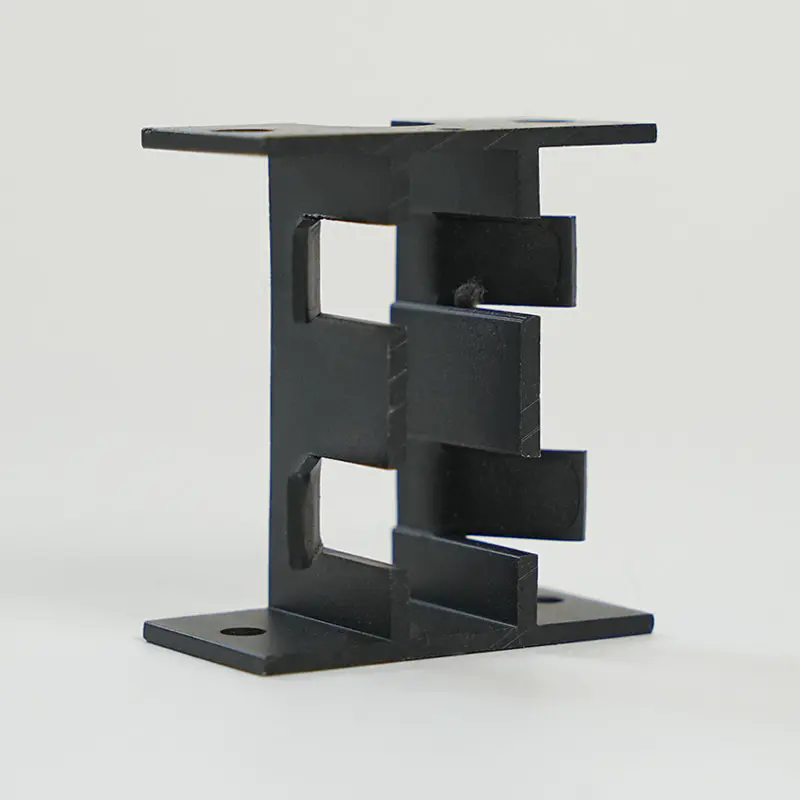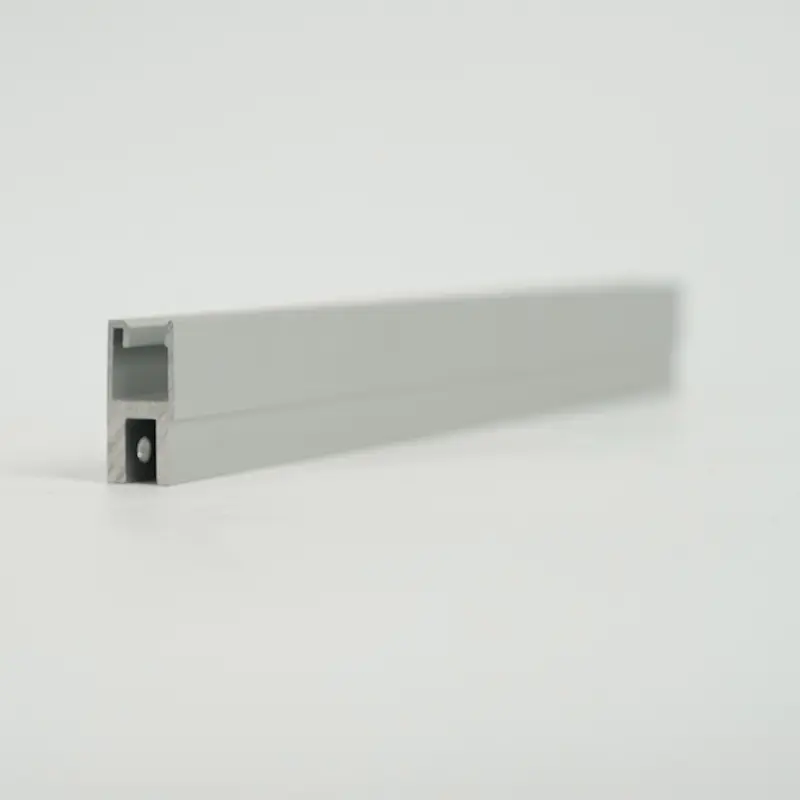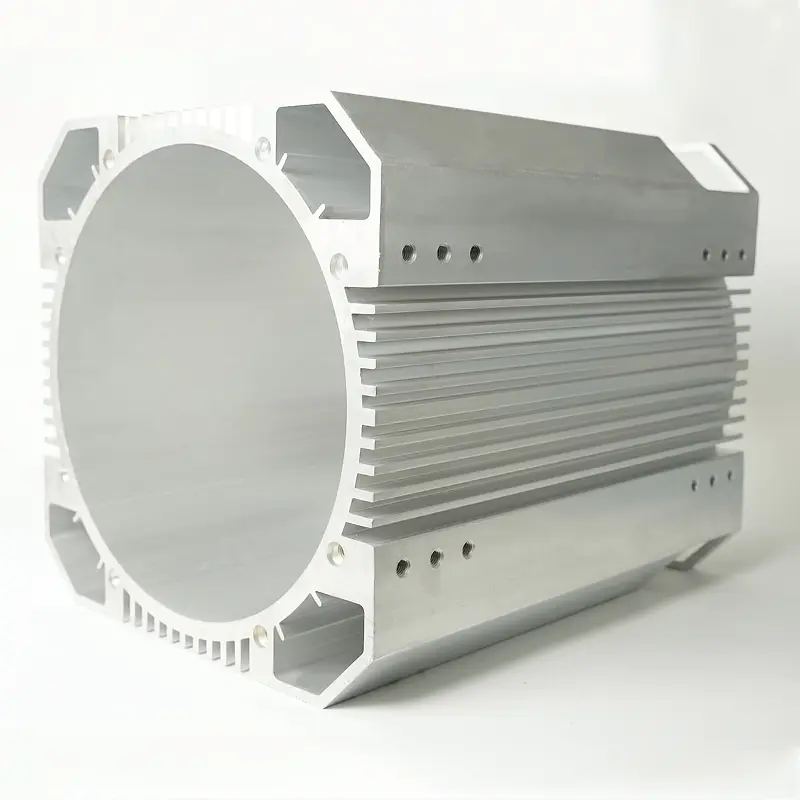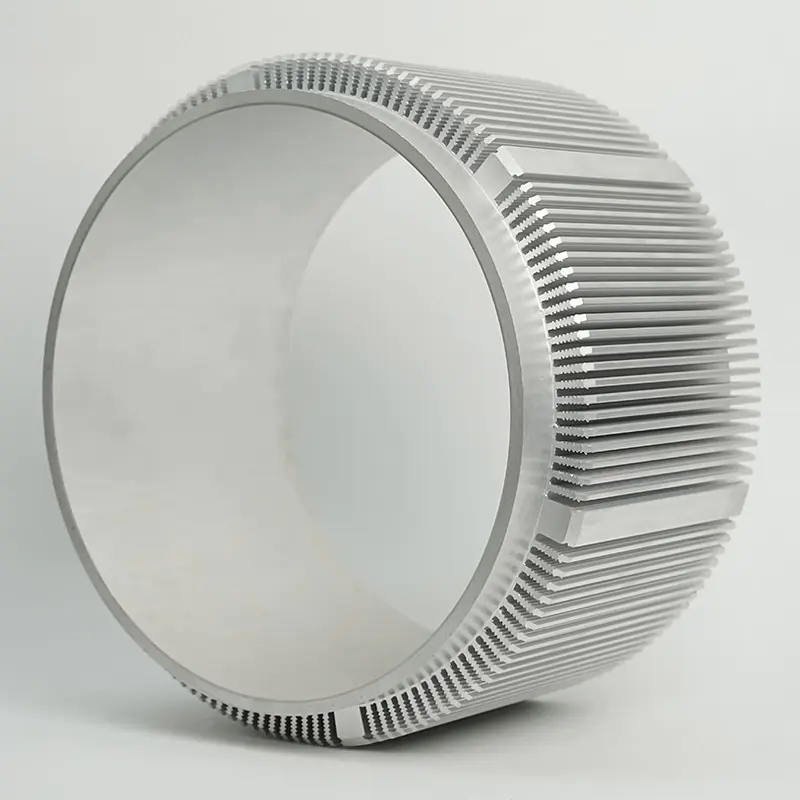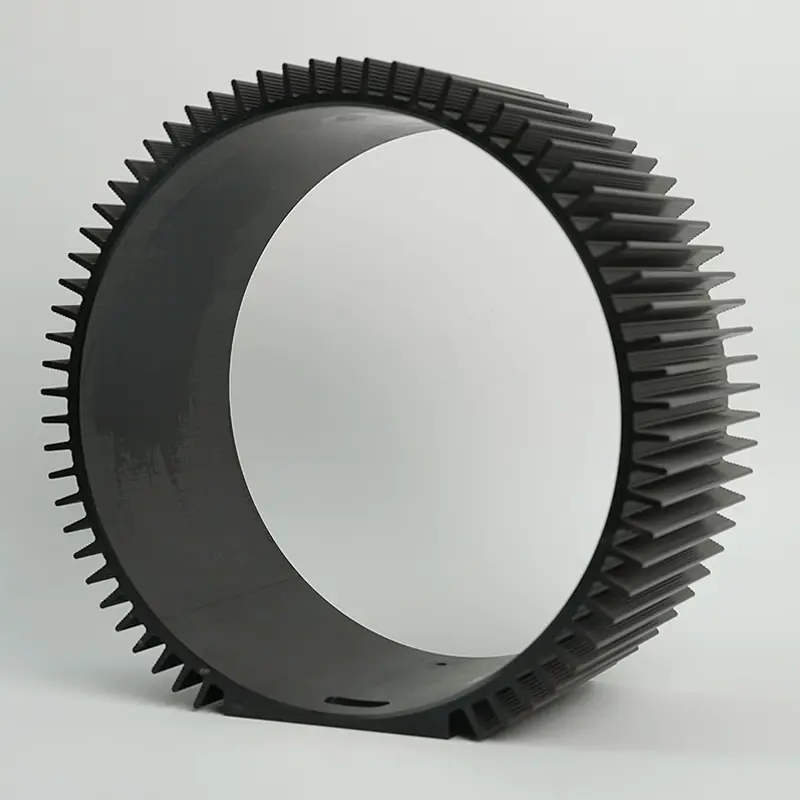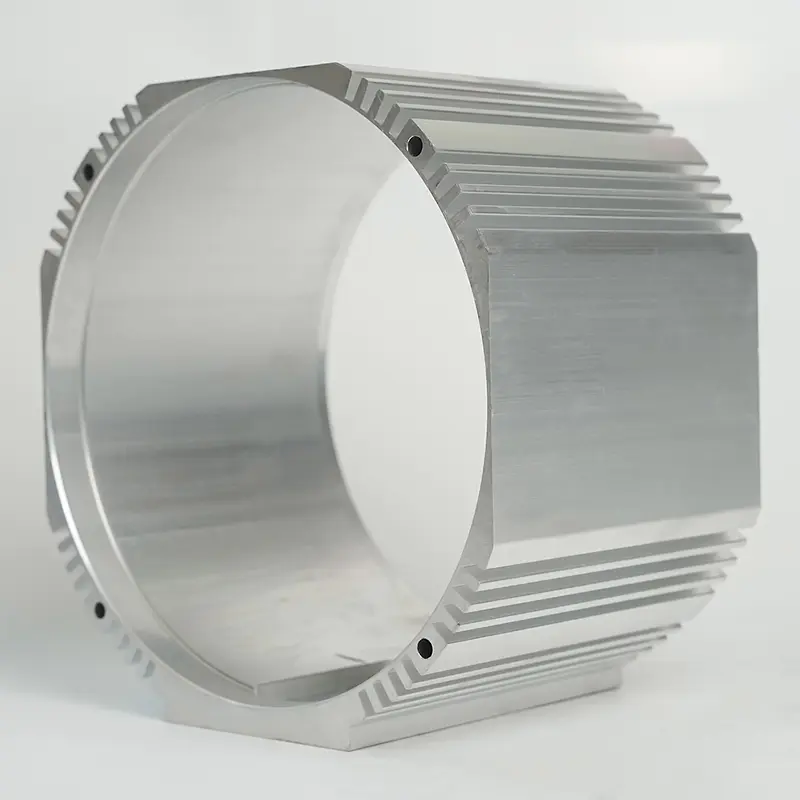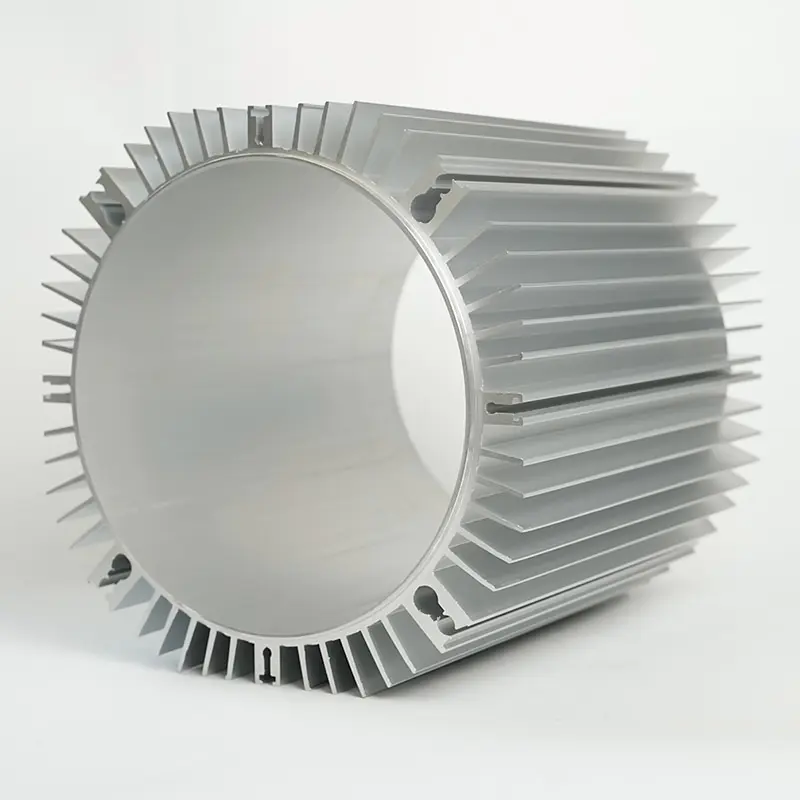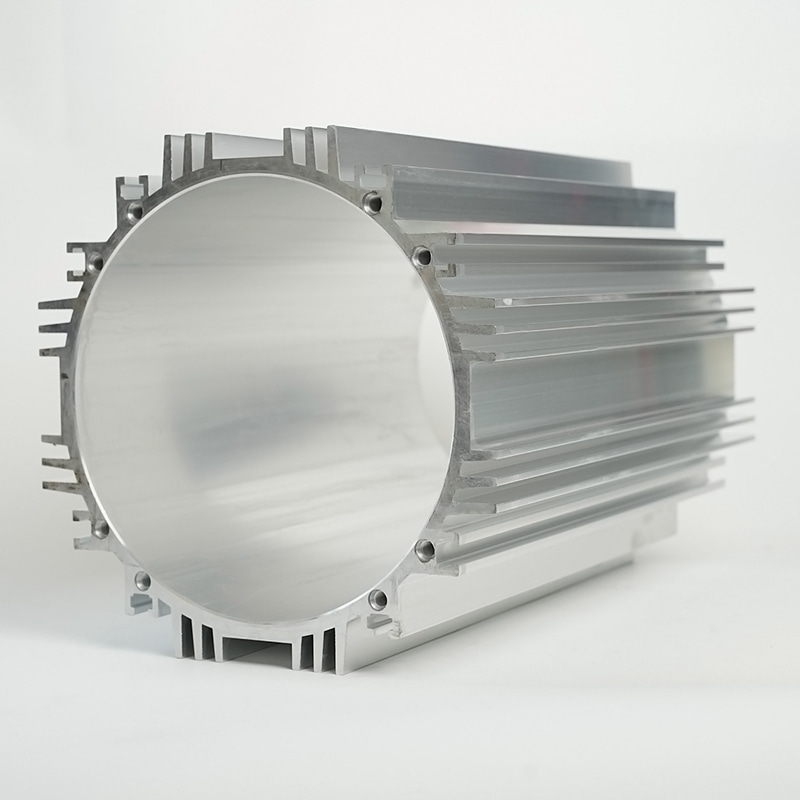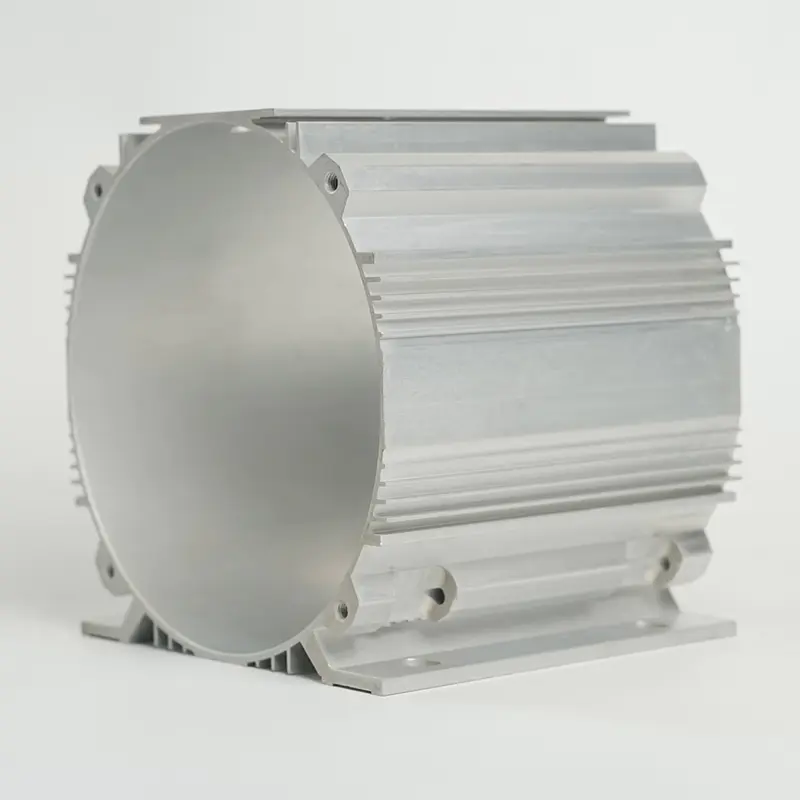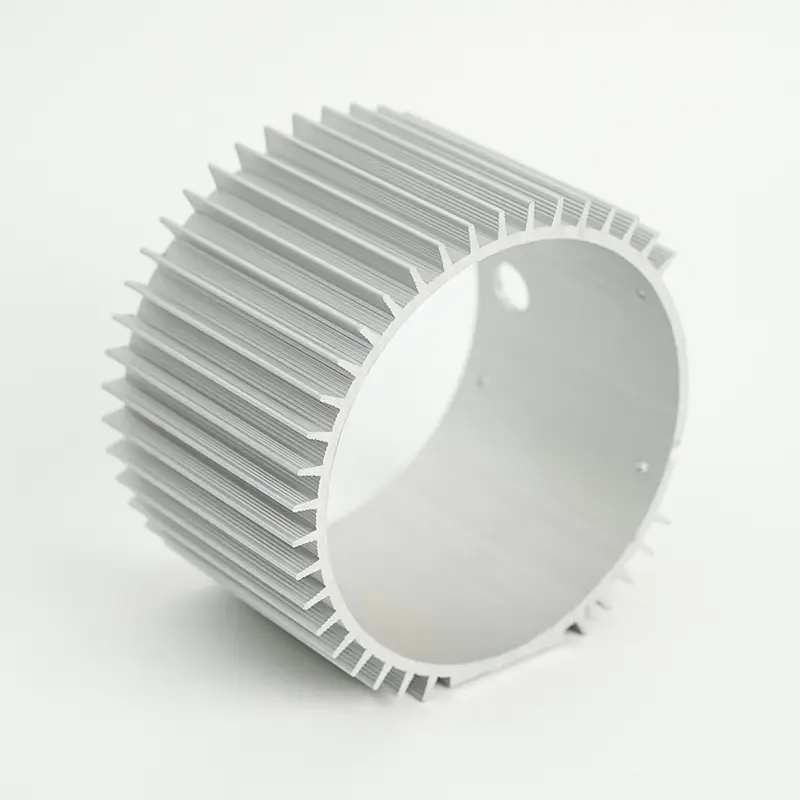Understanding the Role of Heat Sink Housing for Electric Motors
Heat sink housing plays a critical role in maintaining optimal operating temperatures for electric motors. As motors become more powerful and compact, effective thermal management through proper housing design becomes increasingly important. The housing serves dual purposes - protecting internal components while efficiently dissipating heat generated during operation.
Jingjiang Hetai Motor Parts Manufacturing Co., Ltd specializes in producing high-quality aluminum alloy motor housings that incorporate excellent heat dissipation properties. Their products demonstrate how proper material selection and design can significantly improve thermal performance:
- Aluminum alloy construction provides superior thermal conductivity compared to steel or iron housings
- Precision machining ensures proper fit and heat transfer to surrounding components
- Surface treatments like oxidation and electrophoresis enhance durability and heat radiation
- Custom designs accommodate specific motor configurations and cooling requirements
The company's expertise in manufacturing heat sink housing for electric motors allows them to produce components that maintain stable temperatures even in demanding applications like servo motors and automotive systems. Their ISO9001 certification guarantees consistent quality across all production batches.
Key Design Considerations for Aluminum Heat Sink Housing Designs
Material Selection and Properties
Aluminum remains the preferred material for heat sink housings due to its unique combination of properties:
| Property | Importance for Heat Sink Housing |
|---|---|
| Thermal Conductivity | Aluminum conducts heat 3-5 times better than steel, allowing faster heat dissipation |
| Weight | Aluminum is about 1/3 the weight of steel, reducing overall motor weight |
| Corrosion Resistance | Proper surface treatments prevent oxidation and maintain performance |
| Machinability | Easier to form complex shapes and cooling fins for better heat transfer |
Structural Design Elements
Effective aluminum heat sink housing designs incorporate several critical features:
- Fin geometry and spacing to maximize surface area for convection cooling
- Wall thickness optimization between structural integrity and heat transfer
- Mounting points that ensure proper contact with heat-generating components
- Internal channels or cavities for potential liquid cooling integration
Jingjiang Hetai's extensive catalog of over 600 different housing molds demonstrates their capability to produce optimized designs for various applications. Their ability to control inner hole ellipticity within 10 seconds ensures precise fits that maximize thermal transfer efficiency.
Comparing Different Types of Motor Housing Cooling Solutions
When selecting cooling solutions for motor housings, engineers must consider several approaches:
Passive Cooling Systems
Passive cooling relies entirely on the housing's design and material properties:
- Natural convection through finned surfaces
- Radiation from high-emissivity surface treatments
- Conduction through mounting interfaces
Active Cooling Systems
Active systems incorporate additional components to enhance cooling:
- Forced air cooling with integrated fans
- Liquid cooling channels within the housing
- Thermoelectric cooling elements
The table below compares key characteristics of these different types of motor housing cooling solutions:
| Cooling Method | Advantages | Disadvantages | Typical Applications |
|---|---|---|---|
| Passive Finned Housing | No moving parts, reliable, low maintenance | Limited cooling capacity | Small motors, intermittent duty |
| Forced Air Cooling | Higher cooling capacity, compact | Requires fan, noise, power consumption | Industrial motors, continuous duty |
| Liquid Cooling | Highest cooling efficiency | Complex system, potential leaks | High-performance motors, EVs |
Jingjiang Hetai's product range accommodates all these cooling approaches, with particular expertise in passive cooling solutions for micro-special motors from 46mm to 260mm inner diameters.
Optimizing Thermal Performance in Motor Enclosures
Maximizing thermal performance requires careful consideration of multiple factors throughout the design and manufacturing process.
Manufacturing Processes Impact
Jingjiang Hetai's production capabilities directly contribute to enhanced thermal performance:
- Precision die-casting ensures consistent wall thickness for even heat distribution
- Advanced machining maintains tight tolerances for optimal component contact
- Surface treatments improve heat radiation and environmental resistance
- Quality control measures guarantee reliable thermal properties batch-to-batch
Design Optimization Techniques
Improving thermal performance in motor enclosures involves several design strategies:
- Computational fluid dynamics (CFD) analysis to optimize airflow patterns
- Thermal interface material selection for critical junctions
- Strategic placement of heat-generating components relative to cooling surfaces
- Integration of thermal mass where transient performance is critical
The company's successful development of the YX3 profile case series demonstrates their capability to implement these optimizations, with complete mold sets from 71 to 160 bases accommodating various performance requirements.
Essential Maintenance Tips for Heat Sink Housings
Proper maintenance ensures long-term performance of heat sink housings and the motors they protect.
Routine Inspection Procedures
Regular checks should include:
- Visual inspection for dirt accumulation on cooling fins
- Checking for corrosion or degradation of surface treatments
- Verification of mounting integrity and thermal interface condition
- Monitoring temperature trends during operation
Cleaning and Preservation Methods
Effective maintenance tips for heat sink housings include proper cleaning techniques:
- Use compressed air or soft brushes for fin cleaning
- Avoid abrasive cleaners that could damage surface treatments
- Reapply protective coatings if oxidation becomes visible
- Ensure proper ventilation around the housing during operation
Long-term Performance Considerations
For maximum service life:
- Monitor and address any unusual noise or vibration
- Keep environmental contaminants away from the motor
- Follow manufacturer recommendations for service intervals
- Consider upgrading to improved designs as technology advances
Jingjiang Hetai's products benefit from their specialized surface treatment capabilities, including independent oxidation and electrophoresis qualifications, which provide enhanced durability and reduce maintenance requirements over the housing's service life.
Future Trends in Lightweight Heat Dissipation Solutions for Motors
The motor industry continues to evolve toward more efficient thermal management approaches.
Material Advancements
Emerging materials for lightweight heat dissipation solutions include:
- Advanced aluminum alloys with enhanced thermal properties
- Metal matrix composites combining aluminum with high-conductivity additives
- Graphene-enhanced coatings for improved radiation
- Phase-change materials for thermal buffering
Design Innovations
Cutting-edge housing designs incorporate:
- Topology-optimized structures for maximum strength-to-weight ratios
- Additive manufacturing allowing complex internal cooling channels
- Integrated thermal monitoring systems
- Adaptive cooling systems that respond to load conditions
Jingjiang Hetai's ongoing development efforts, including their large-scale production capacity of up to 5,000 sets per class, position them well to incorporate these advancements into future product offerings while maintaining their commitment to moderate pricing and tight quality control.


 English
English Español
Español
